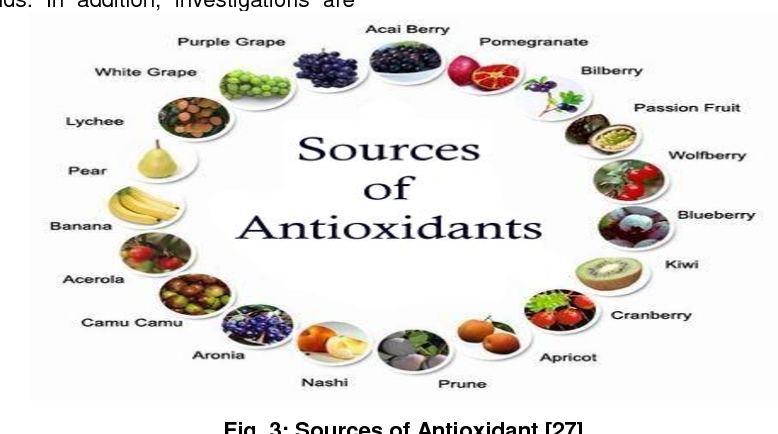
When you go shopping for whole-grain white bread, ensure that you purchase one with at most half the whole grain content. Whole grain bread has a higher nutritional value than plain white bread. However, it can reduce the chance of developing spinal birth defects. It will also taste better. To find out more about the benefits of whole grain bread, read the rest of this article.
Whole grain white bread can be a great choice for those who don’t like whole grains. It has a rich, tender texture, and a higher nutritional value. Wonder Smartwhite has whole wheat flour and other enriched flour. You can also enjoy bread that resembles whole-wheat loaf texture and nutrition. These breads may have high levels of fructose.

Bran is the fibrous outer layer on whole wheat bread. It contains minerals and B vitamins as well as fiber. The germ, also known as the reproductive portion of the grains, is what produces the bread. It is rich with healthy fats, vitamin A, and antioxidants. The endosperm is the largest component of the grain kernel, consisting mostly of starch. White flour is made with white flour while whole wheat is made using the germ.
White bread is becoming more and more popular in the United States. However it is important that you note that each brand has a different quality whole grain bread. Although refined white bread is almost always white, it may not contain 100% whole wheat. It is possible for it to contain synthetic nutrients and flavors that can have adverse health effects. Whole-grain bread is a good choice for those who are concerned about their cholesterol.
Whole grain white bread is the most nutritious type of bread. However, it has its drawbacks. The white variety has less fiber that the whole grain. The white variety is therefore more nutritious. 100%-wheat bread has higher cholesterol levels. Choose carefully when choosing the type of wheat bread you choose. A slice of whole grain will have fewer calories than the enriched version, which means it won't increase your cholesterol. Whole-grain White is better for those who are trying to lose weight.

Whole-grain, whole-wheat white bread is made using whole wheat kernels. This means that it contains all three elements of the wheat kernel: germ, bran, endosperm. The white variety is lighter-colored, and it does not contain as much fiber as traditional varieties. It has the same nutritional value as whole grain-white bread. Whole grain can be purchased at your local natural food shop if you are looking for whole grains.
FAQ
Are there side effects to intermittent fasting
Intermittent fasting does not have any known side effects. Some minor issues might occur if you do not plan your meals properly.
If you skip breakfast, for example, you may feel constantly irritable. Also, you might experience dizziness, headaches, fatigue, muscle cramps, and dizziness.
These symptoms are usually gone within a few days.
How can busy people lose their weight?
It is best to eat less and exercise more to lose weight.
Overeating will lead to weight gain. You will gain weight if exercise isn't enough. But if you combine these two simple habits, you'll start losing weight.
Why not lose weight before your 40th birthday?
For people over 40, maintaining good health and fitness are essential. It is also crucial to find ways to keep fit throughout life. Regular exercise, healthy eating, moderate alcohol consumption, and quitting smoking are all important.
It is also important to understand that as we get older, our bodies change. Our bones become weaker, and our muscles begin to shrink. The best way to slow down the aging process is to take care of ourselves.
There are many benefits to staying healthy and fit as we age. These benefits include:
-
Better sleep
-
Better mood
-
Increased energy levels
-
Lower risk of developing cancer
-
A longer life
-
More independence
-
Better sex
-
Improved memory
-
Better concentration
-
Better circulation
-
Stronger immune system
-
Fewer aches & pains
Is there any difference between intermittent fasting and calorie restriction?
Calorie restriction can be defined as eating less than your body needs. Intermittent fasting is different because it doesn't involve restricting calories. Intermittent fasting focuses more on eating fewer calories every day.
Intermittent fasting works better because it allows for you to enjoy your favorite foods without feeling guilty.
Both methods have pros and cons. You will need to decide which method is best for you.
What is the best activity for busy people?
It is best to exercise at home. It doesn't take much to get fit. You can do simple exercises at home without spending much money on equipment.
You just need to have a pair of dumbbells, a mat, a chair, and a timer.
You must be consistent with your training. It is possible to lose your motivation if you miss a few days.
A great way to start off would be to try lifting weights three times per week. You could do push-ups and pull-ups as well as squats, lunges or push-ups.
Once you have mastered these basic movements, you can move on other types of exercises such as running, jumping rope, skipping, yoga, Pilates, dancing, cycling, swimming, weight training, tennis, golf, hiking, basketball, football, soccer, volleyball, badminton, squash, etc.
Remember to pick the program that best suits your lifestyle when choosing an exercise program. For example, if you are working long hours, then you might want to avoid exercises that require too much energy.
If you are a night owl, then you should consider exercising during the evening rather than early morning.
Be aware of your body and rest when you feel tired.
Statistics
- According to Harvard Health, it's estimated that a 155-pound (70-kg) person burns around 167 calories per 30 minutes of walking at a moderate pace of 4 mph (6.4 km/h) (5). (healthline.com)
- According to a study sponsored by the American Council on Exercise, a person weighing around 140 pounds (64 kg) would burn 108 calories at a 30-minute beginner's Pilates class or 168 calories at an advanced class of the same duration (26). (healthline.com)
- A 12-week study in 20 women with obesity found that walking for 50–70 minutes 3 times per week reduced body fat and waist circumference by an average of 1.5% and 1.1 inches (2.8 cm), respectively (healthline.com)
- Another study found that 24 weeks of weight training led to a 9% increase in metabolic rate among men, which equated to burning approximately 140 more calories per day. (healthline.com)
External Links
How To
How to Intermittent Fasting
Intermittent Fasting is a method of dieting where you only eat one meal per week, typically Monday through Friday. The idea behind this is to reduce your overall calorie intake while still getting adequate nutrition. This helps you lose fat more quickly than if it were your normal meals for the entire week.
The most common form of IF involves restricting calories only on certain days of the week. This means that you might skip breakfast every day and then indulge in whatever food you desire throughout the day. You could also choose three small meals instead of two large meals per day.
There are many forms of intermittent fasting. Each type of intermittent fasting has its pros and cons. Because you don't need to make major lifestyle changes, alternate day fasting can be the easiest way to get started. Some people may find it difficult to adhere to such a strict schedule, so they might try other methods.
I recommend alternate-day fasting if you're starting an intermittent fasting regimen. This will allow for gradual transition to more extreme fasting without having to change your lifestyle.